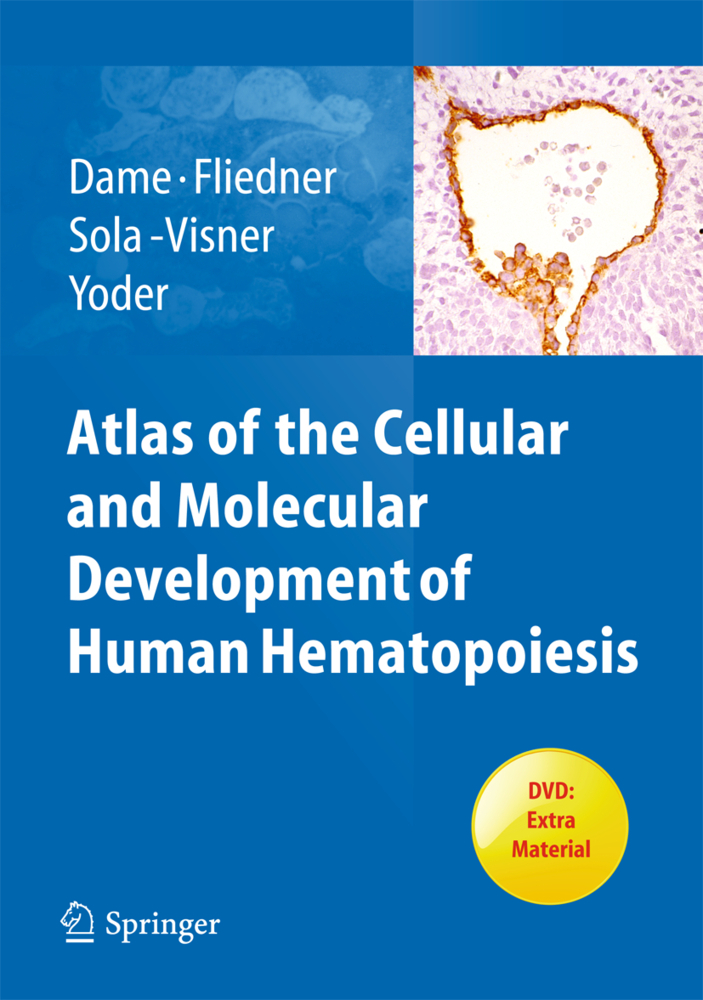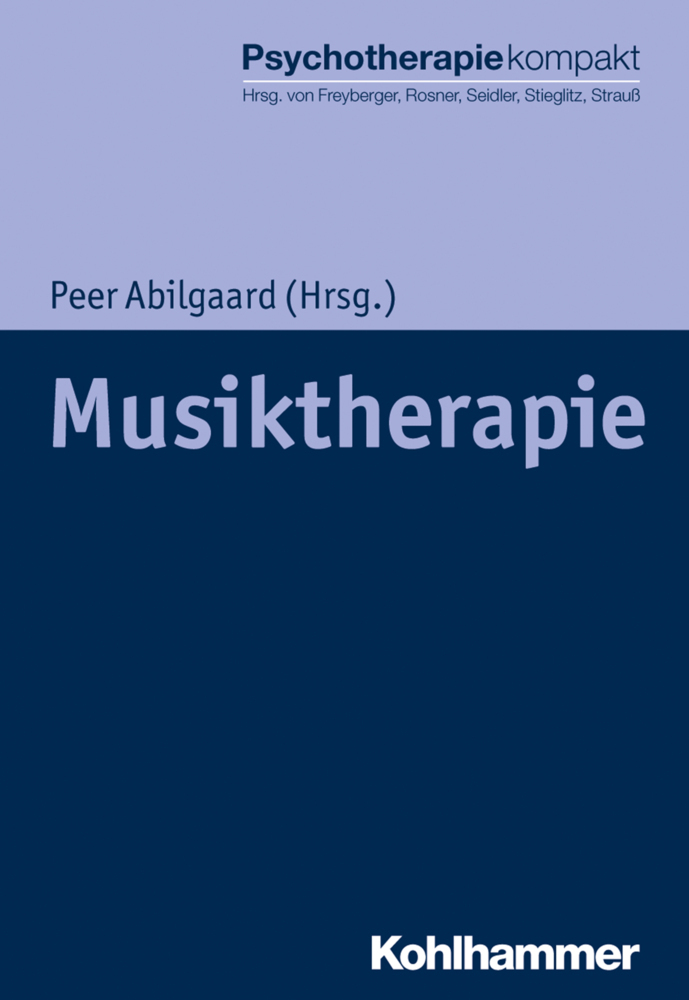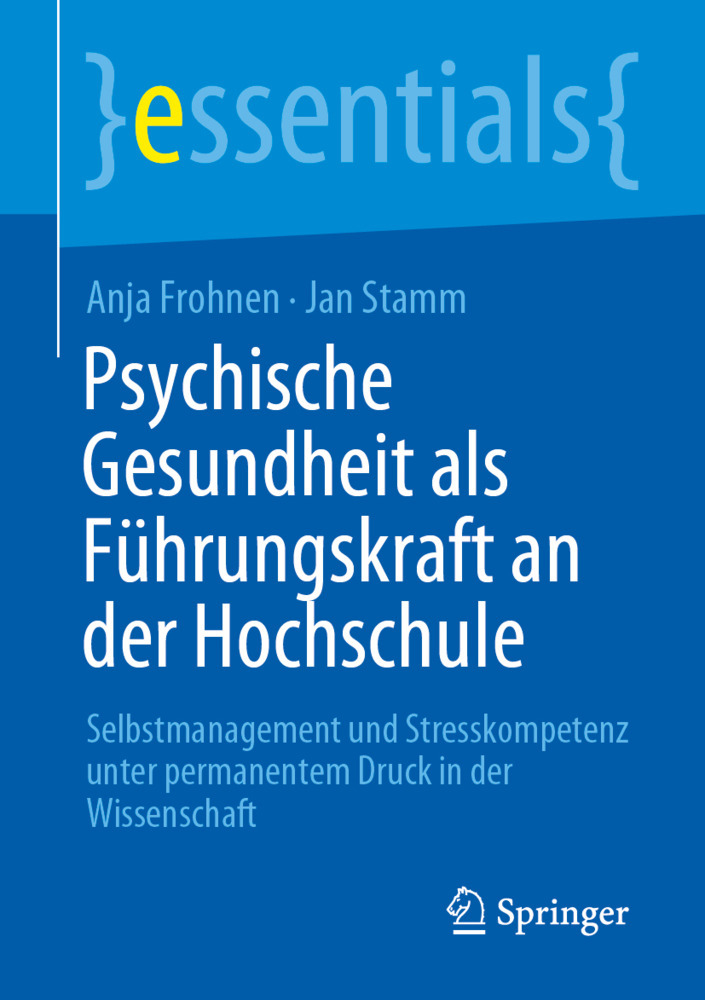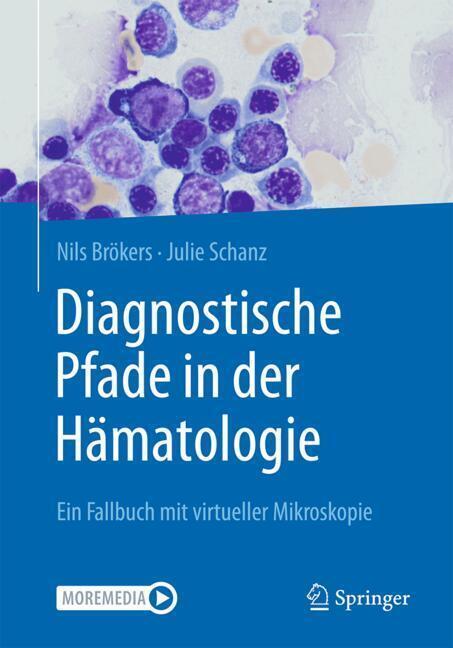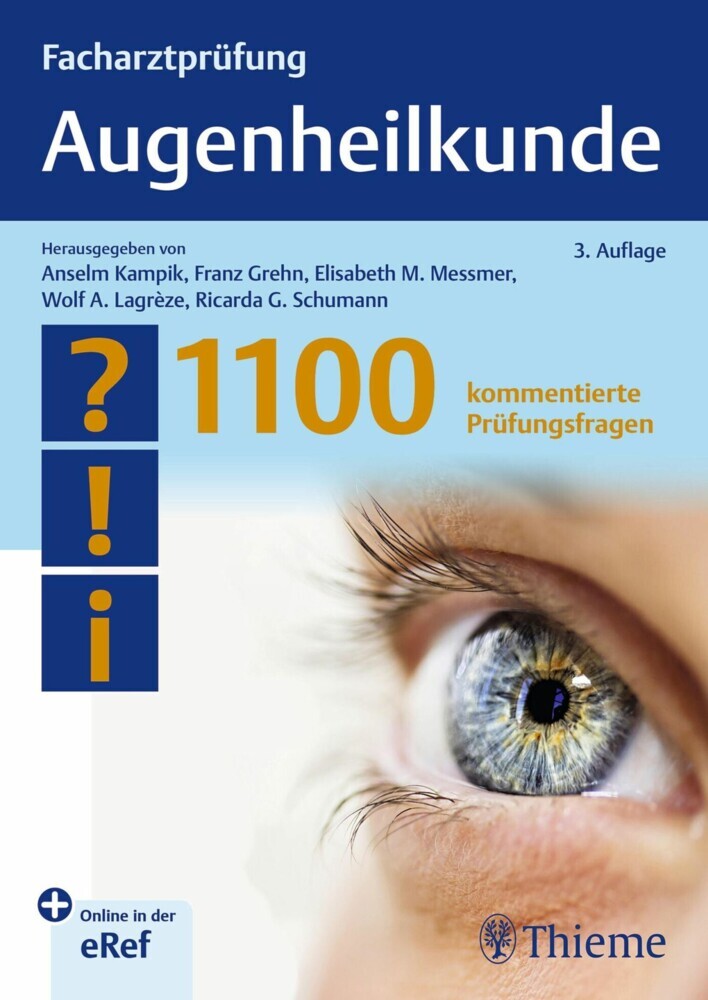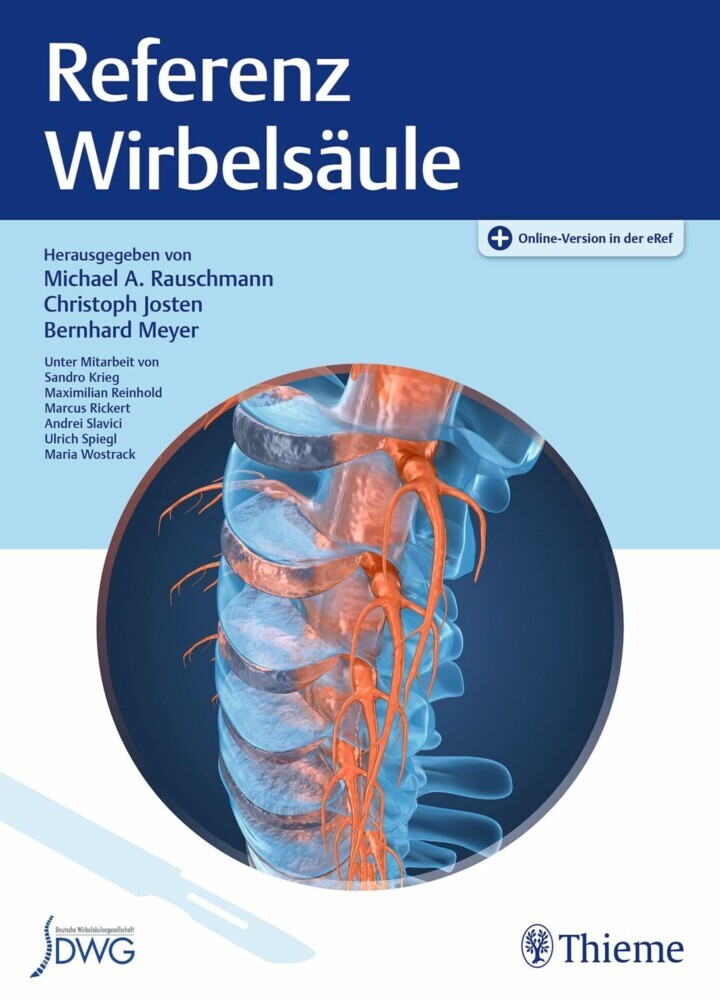The Practice of Radiology Education
Challenges and Trends
The Practice of Radiology Education
Challenges and Trends
The role of medical imaging is increasingly integral to health care, drug discovery, biology, and other life sciences. The changes that are occurring call for innovation in the training of the medical imaging experts of tomorrow. In their previous book, Radiology Education: The Scholarship of Teaching and Learning (2008), the editors addressed the philosophical and theoretical underpinnings of scholarship in radiology education. Now, in The Practice of Radiology Education: Challenges and Trends, they focus on the application of these concepts within educational programs for radiology residents and fellows. The contributors are educators in radiology from around the world, providing a global perspective on the main challenges facing medical imaging education and the potential strategies required to meet these challenges. It is hoped that the book will assist in attaining the ultimate goal of radiology education: to help patients.
Part 2: Programs and trainees:How to prepare for a review by an accreditation body.-Designing and implementing a mentoring program within the radiology department..-Re-designing a national training program in Radiology: The Australian-New-Zealand Experience.-Training musculoskeletal ultrasound specialists: Educational and Clinical Guidelines.-Criteria for resident selection in a radiology department in Bangkok, Thailand: A focus on technology and language.-Building scientific capacity in PET/CT for global health
Building Capacity on Medical Physics in Imaging for global health
Part 3: Leadership and Resources:Role of the Department Chair in implementing the academic mission
Fostering a translational research attitude among residents in Radiology.-In-house educationists: The Centre of radiology education within a department of Medical Imaging
Principles for selecting residents for a radiology program.-Guidelines for the selection, training and delineation of the chief resident.-Ontology in Radiology Training.-Rules of engagement: Responding to learners experiencing difficulty. (S. Spadafora, MD FRCPC, UWO, London, Ontario, Canada).
Part 1: Curriculum:Curriculum Matters! Designing curriculum for resident rotations
Conducting rounds.-Applying CanMeds to academic afternoons.Assessment of clinical rotations.-Building a teaching module in clinical inquiry for radiology residents.-Designing a radiology curriculum for medical studentsPart 2: Programs and trainees:How to prepare for a review by an accreditation body.-Designing and implementing a mentoring program within the radiology department..-Re-designing a national training program in Radiology: The Australian-New-Zealand Experience.-Training musculoskeletal ultrasound specialists: Educational and Clinical Guidelines.-Criteria for resident selection in a radiology department in Bangkok, Thailand: A focus on technology and language.-Building scientific capacity in PET/CT for global health
Building Capacity on Medical Physics in Imaging for global health
Part 3: Leadership and Resources:Role of the Department Chair in implementing the academic mission
Fostering a translational research attitude among residents in Radiology.-In-house educationists: The Centre of radiology education within a department of Medical Imaging
Principles for selecting residents for a radiology program.-Guidelines for the selection, training and delineation of the chief resident.-Ontology in Radiology Training.-Rules of engagement: Responding to learners experiencing difficulty. (S. Spadafora, MD FRCPC, UWO, London, Ontario, Canada).
Van Deven, Teresa
Hibbert, Kathryn M.
Chhem, Rethy K.
| ISBN | 9783642031472 |
|---|---|
| Artikelnummer | 9783642031472 |
| Medientyp | Buch |
| Copyrightjahr | 2009 |
| Verlag | Springer, Berlin |
| Umfang | 264 Seiten |
| Abbildungen | 11 SW-Abb., 7 Farbabb., 24 Tabellen, XXVIII, 264 p. 18 illus., 7 illus. in color. |
| Sprache | Englisch |


